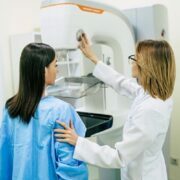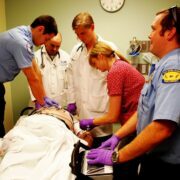The Temporomandibular Joint which is also abbreviated as TMJ is worked as a slider that connects the jawbone to the skull. one joint is there on each side of the jaw. In this TMJ disorder, the patient feels some kind of pain in the jaw and the muscles responsible for jaw movement.
The causes of TMJ vary according to various reasons which can be due to arthritis, any injury in the jaw, or genetics. Sometimes it occurs due to the habit of grinding or clenching the teeth.
Table of Contents
Symptoms of TMJ
Generally, TMJ can be cured by self-treatment, without any surgical treatment. It can be relieved by self-managed care. There are a lot of symptoms through which one can identify the cause of pain or TMJ, which can be recognized easily, including:
- Difficulties while chewing anything or aching while chewing something
- Tenderness or ache of your jaw
- Pain all around the face
- Difficulties while closing or opening the mouth
- Joint of the jaws locked
- Pain in the ear or all around it
- Pain in both of the joints
These are the symptoms of Temporomandibular joints. when you have TMJ, you feel some grating sensation and clicking sound while opening the mouth or chewing anything. and if you are not facing any kind of pain or you are not feeling any movement in the clicking of the jaw then it’s a simple sign that you don’t need any kind of TMJ treatment. You can visit nearby doctors for TMJ treatment in Los Gatos.
Causes of TMJ Disorder
There are few reasons behind TMJ Disorder, which may include:
- The proper alignment of the disk is moved out or it can be eroded.
- The cause can be arthritis, so the cartilage of the joint is damaged.
- Due to a blow or any other impact, the jaw is damaged.
The causes of the TMJ disorder are hard to identify in many cases. generally, they remain unclear.
Risk factors
Many factors are associated with the risk of TMJ disorder. These factors can include:
- Injury In Jaw
- Clenching Of Teeth Or Grinding Of Teeth
- Arthritis Issue
- Disease Of Certain Connective Tissue
These are risk factors associated with the Temporomandibular Joint disorder.














Comments